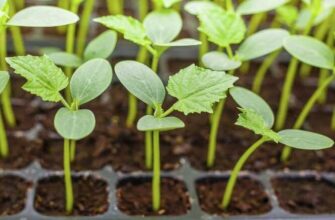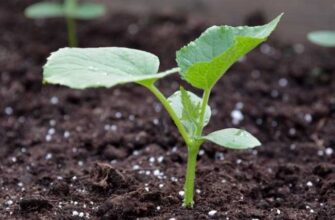- Особенности зимнего размножения смородины
- Подготовка к размножению
- Выбор сорта для размножения
- Правильный способ нарезки черенков
- Выбор лучшего места для окоренения черенков
- Подготовка почвы для посадки черенков
- Правильное время для нарезки черенков
- Условия хранения черенков до посадки
- Подготовка черенков к посадке
- Технология посадки черенков
- Подготовка черенков
- Окоренение черенков
- Уход за черенками после посадки
- Полив
- Укрытие
- Подкормка
- Окоренение черенков зимой
- Оптимальные условия для успешного окоренения
- Вопрос-ответ:
- Когда лучше всего размножать смородину?
- Какой способ нарезки черенков самый правильный?
- Какое место лучше всего выбрать для окоренения черенков смородины?
- Можно ли размножать смородину с помощью семян?
- Как долго обычно происходит окоренение черенков смородины?
- Видео:
- УНИКАЛЬНЫЙ СПОСОБ УКОРЕНИТЬ ЛЮБОЙ ЧЕРЕНОК ЗА 1 ДЕНЬ! 100% РАБОЧИЙ СПОСОБ УКОРЕНЕНИЯ ЧЕРЕНКОВ!

Смородина — это одно из наиболее популярных плодовых кустарников, которые можно встретить во многих садах и участках. Она отличается высокой урожайностью и устойчивостью к неблагоприятным погодным условиям. Один из самых простых способов размножения смородины — это черенкование.
Для успешного черенкования смородины необходимо правильно нарезать и подготовить черенки. Черенки следует нарезать в зимнее время, когда кустарник находится в состоянии покоя. Лучше всего выбирать черенки прямых, зрелых побегов длиной около 20-25 см. Важно отрезать черенок под углом, чтобы увеличить его площадь контакта с почвой и способствовать лучшему окоренению.
Для успешного окоренения черенков смородины важно выбрать правильное место. Лучше всего подходят солнечные участки с хорошей дренажной системой. Перед посадкой черенков необходимо подготовить почву, добавив компост или перегной для обеспечения питания растения. Черенки следует посадить на глубину около 10-12 см и плотно утрамбовать почву вокруг них.
Особенности зимнего размножения смородины
Размножение смородины зимой является одним из наиболее эффективных способов получения новых растений. Для этого необходимо правильно нарезать черенки и окоренить их в оптимальных условиях.
Наиболее подходящее время для нарезки черенков смородины — это конец зимы или начало весны. В это время растение находится в состоянии покоя и его соки не активно циркулируют, что позволяет снизить риск повреждения черенков при нарезке.
Для нарезки черенков лучше всего выбирать здоровые и сильные побеги. Их следует отрезать от основного растения с помощью острого садового ножа или секатора. Длина черенков должна быть около 15-20 сантиметров, с 3-4 почками на каждом черенке.
После нарезки черенков их необходимо правильно окоренить. Для этого можно использовать специальные контейнеры или ящики, заполненные смесью песка и торфа. Черенки следует уложить в горизонтальном положении, оставляя только верхнюю почку над поверхностью субстрата.
Оптимальная температура для окоренения черенков смородины составляет около 20-22 градусов Цельсия. Важно также поддерживать постоянный уровень влажности, регулярно увлажняя субстрат. В течение нескольких недель черенки начнут пускать корни и подготавливаться к высадке на постоянное место.
Подготовка к размножению
Для зимнего размножения смородины необходимо нарезать черенки. Черенки следует выбирать сильные, здоровые и без видимых повреждений. Лучше всего использовать молодые побеги с толщиной не менее 8-10 мм и длиной около 20-25 см.
Перед окоренением черенки необходимо обработать. Для этого рекомендуется снять нижние почки, оставив только верхние 2-3. Также можно удалить лишние листья, оставив только 2-3 верхних. Это позволит черенкам сосредоточить свои силы на образовании корней и росте.
Лучшим местом для окоренения черенков смородины является специальный грунтовый горшок или контейнер с легкими, плодородными почвами. Для обеспечения хорошего дренажа можно добавить в грунт песок или перлит. При посадке черенков необходимо учесть их вертикальное положение — они должны быть посажены на глубину около 5-7 см.
Выбор сорта для размножения
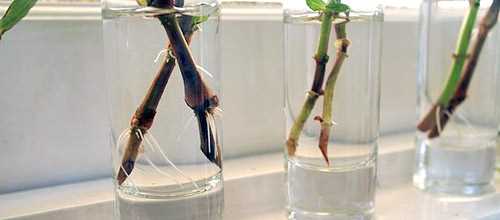
Выбор подходящего сорта смородины для зимнего размножения черенками является важным этапом процесса. Черенки можно нарезать с разных сортов смородины, но лучше выбирать те, которые хорошо приживаются и показывают высокую урожайность.
Оптимальным вариантом для размножения зимними черенками являются сорта, которые хорошо адаптированы к холодному климату. Такие сорта имеют более высокую устойчивость к низким температурам и могут успешно переносить зимние условия без повреждений.
Также стоит обращать внимание на показатели урожайности и вкусовые качества выбранного сорта. Черенки сортов с высокой урожайностью и хорошими вкусовыми качествами будут обеспечивать более качественные плоды в будущем.
Для успешного окоренения черенков смородины лучше выбирать молодые и здоровые побеги. Они должны быть прямыми, без повреждений и болезней. Такие черенки имеют более высокий шанс успешного приживания и последующего развития.
Правильный способ нарезки черенков
Для зимнего размножения смородины одним из наиболее эффективных и простых способов является черенкование. Черенки – это отдельные веточки, которые можно участками нарезать и окоренять для получения новых растений.
Выбор и подготовка черенков играют ключевую роль в процессе размножения смородины. Черенки следует нарезать осенью или зимой, когда растение находится в состоянии покоя. Лучше всего использовать здоровые и недеформированные веточки длиной около 20-30 см.
При нарезке черенков важно соблюдать правильный угол. Он должен быть косым, чтобы увеличить площадь апикального разреза и улучшить контакт с субстратом. Затем необходимо удалить верхушку черенка, чтобы стимулировать рост боковых почек.
Окоренение черенков смородины происходит лучше всего во влажной и плодородной почве или в смеси песка и торфа. Для улучшения процесса можно использовать гормоны роста или препараты, способствующие образованию корней. После посадки черенков необходимо регулярно увлажнять почву и защищать от морозов.
Выбор лучшего места для окоренения черенков
Размножение смородины через зимние черенки – один из самых популярных способов получения новых кустов. Правильное место для окоренения черенков имеет большое значение для успешного процесса.
Лучше всего выбирать место, где будет достаточно солнечного света. Смородина предпочитает яркий свет, поэтому выберите участок с хорошей освещенностью. Также важно учесть, что черенки не должны быть затенены соседними деревьями или зданиями.
Укрывной материал также может быть полезным для создания оптимальных условий для окоренения черенков. Он поможет защитить их от морозов и колебаний температуры. Рекомендуется использовать специальные агроволокна или другие материалы, которые пропускают воздух, но сохраняют тепло.
Для улучшения дренажа и влагоудерживающих свойств почвы, рекомендуется добавить органическое удобрение или перегной. Также следует избегать повышенной кислотности почвы, поэтому регулярно проверяйте уровень pH и при необходимости вносите необходимые изменения.
Помимо этого, стоит учитывать соседство других растений. Не размещайте черенки рядом с культурами, которые могут конкурировать с ними за питательные вещества и влагу. Оптимальный вариант – это отдельное место, где смородина будет иметь свободу для роста и развития.
Подготовка почвы для посадки черенков
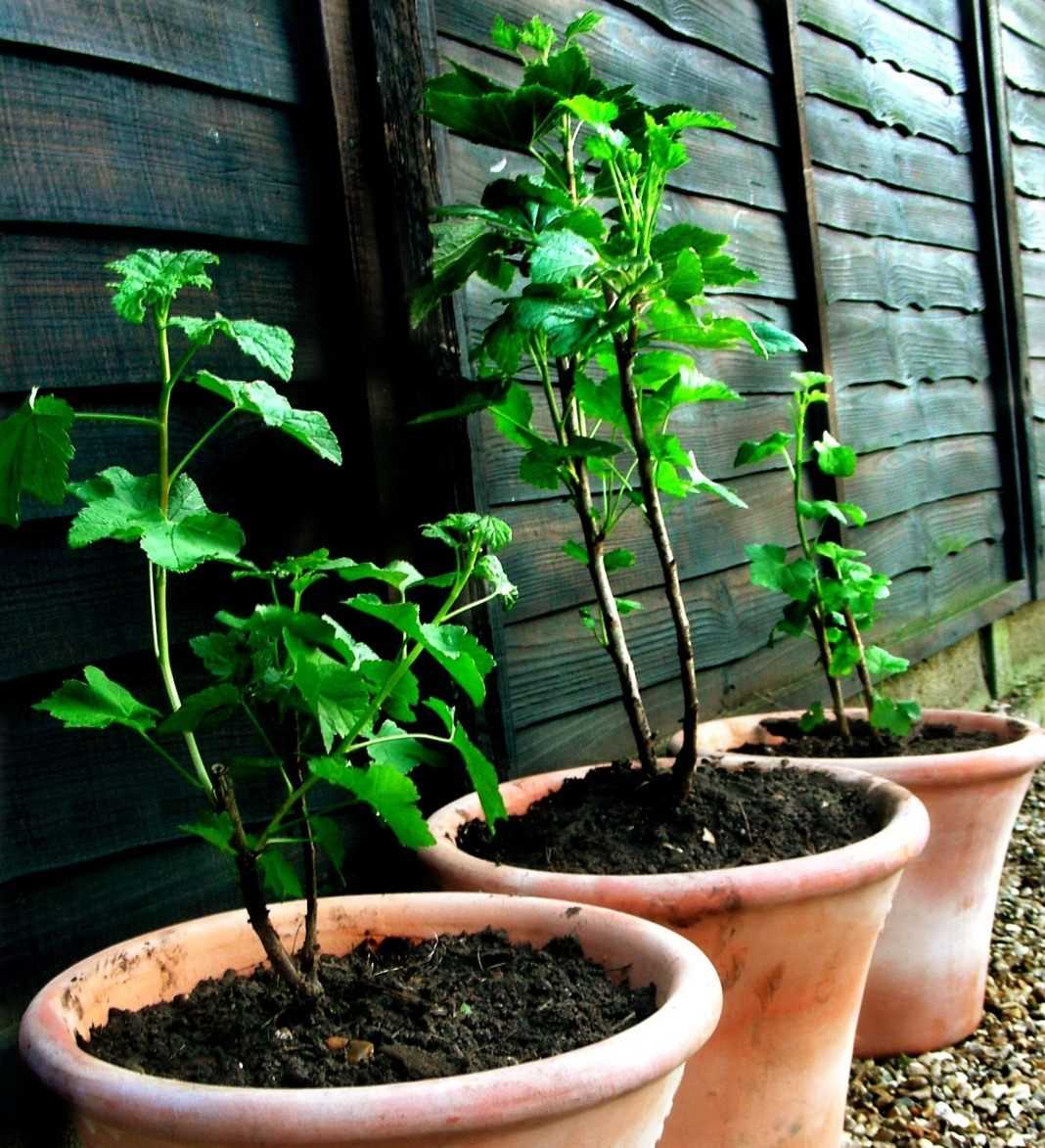
Для успешного окоренения и размножения черенков смородины зимой необходимо правильно подготовить почву. Лучше всего выбрать солнечное место с хорошим дренажем, чтобы избежать затопления корней. Также нужно учесть, что смородина предпочитает кислые почвы, поэтому рекомендуется добавить органическое удобрение.
Перед посадкой черенки смородины нужно нарезать правильным образом. Для этого выбираются здоровые, сильные побеги, длиной около 15-20 см. Нарезка производится под углом 45 градусов, четко и аккуратно, чтобы не повредить стебель. Отрезанный черенок должен иметь хорошо развитые почки, которые будут давать новые ростки.
Затем черенки помещаются в воду на несколько часов, чтобы они могли поглощать влагу и готовиться к окоренению. Подготовленные черенки смородины можно посадить в специально подготовленные грядки или горшки с питательной почвой.
Важно учесть, что черенки смородины зимой лучше окореняются в холодных условиях, поэтому их можно посадить непосредственно в грунт. Также можно использовать пленочные укрытия, чтобы создать дополнительную теплоизоляцию и ускорить процесс окоренения.
Правильное время для нарезки черенков
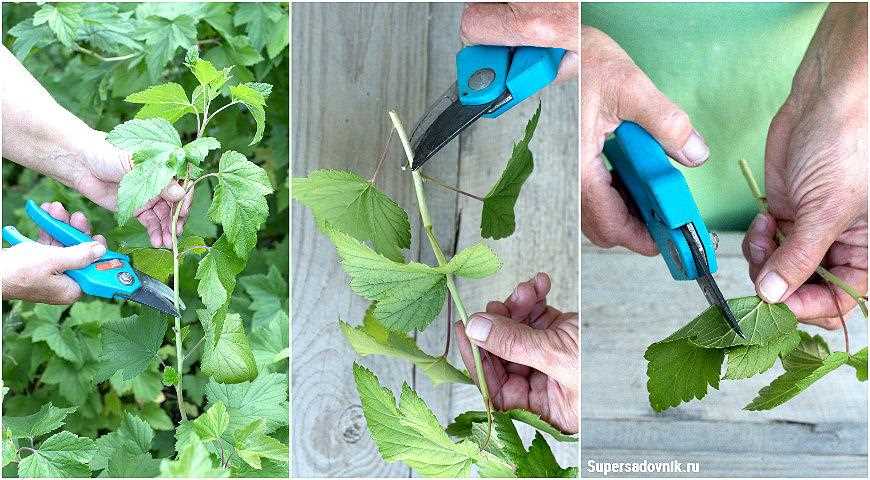
Зимнее время является наиболее подходящим для нарезки черенков смородины, если вы планируете их дальнейшее окоренение. В это время растение находится в состоянии покоя, что способствует лучшему приживаемости черенков и успешному размножению смородины.
Оптимальный период для нарезки черенков смородины — середина зимы, когда растение полностью перешло в фазу покоя и не активно растет. Это обычно приходится на январь-февраль.
Для нарезки черенков следует выбирать здоровые и зрелые побеги прошлого года. Их длина должна быть около 20 см, а диаметр — около 0,5 см. Черенки лучше нарезать на участке растения, который находится в тени, чтобы избежать перегрева и повреждения побегов.
После нарезки черенки следует поместить в пакет или контейнер с сыпучим материалом, например, песком или вермикулитом, чтобы сохранить их влажность и предотвратить преждевременную потерю влаги. После этого черенки можно разместить в прохладном месте для окоренения.
Так стоп!!! Вы всё ещё не подписаны на наши каналы в Телеграмм и Дзен? Посмотрите: ТГ - (@historyfantasydetectivechat) и Дзен (https://dzen.ru/myshortsstorys)
Условия хранения черенков до посадки
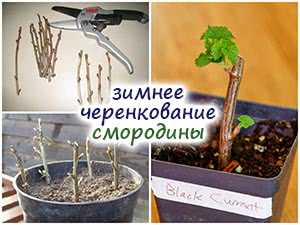
Для успешного зимнего размножения смородины черенками важно знать, как правильно их хранить до посадки. Черенки — это отростки смородины, которые предназначены для размножения и окоренения.
Перед хранением черенки необходимо нарезать с растения смородины. Для этого выбираются здоровые и хорошо развитые побеги, которые затем срезаются под углом около 45 градусов. Важно нарезать черенки правильно, чтобы обеспечить их успешное размножение.
Лучше всего хранить черенки во время зимнего периода, когда они находятся в состоянии покоя. Для этого их помещают в пакеты или пакеты и закапывают в снег или песок. Важно обеспечить черенкам постоянную влажность и защиту от заморозков.
Также можно использовать специальные контейнеры или ящики с влажным песком или смесью песка и торфа для хранения черенков. В таком случае черенки должны быть плотно уложены и полностью погружены в субстрат. Это поможет сохранить их влажность и предотвратить обезвоживание.
Следует помнить, что хранение черенков должно происходить в прохладном и темном месте, чтобы предотвратить их преждевременное пробуждение и рост. При соблюдении всех условий хранения черенки смородины могут сохранять свою жизнеспособность до посадки весной и успешно окореняться.
Подготовка черенков к посадке

Смородина – одно из самых популярных плодовых кустарников, которые можно размножать через черенки. Лучше всего смородину размножать в зимний период, когда растение находится в состоянии покоя. Для этого необходимо правильно нарезать черенки и обеспечить им оптимальные условия для окоренения.
Нарезка черенков: Черенки смородины следует нарезать длиной около 15-20 см. Нарезку следует делать с помощью острого садового ножа, чтобы получить ровные и гладкие срезы. Важно выбирать здоровые и сильные побеги, которые не имеют признаков болезней или повреждений.
Окоренение черенков: Черенки смородины можно окоренять в грунте или в воде. Для окоренения в грунте необходимо выбрать подходящий участок, который обеспечит черенкам достаточное количество света, влаги и питательных веществ. Черенки следует посадить на глубину около 3-5 см и укрыть их мульчей или специальной защитной пленкой.
Технология посадки черенков
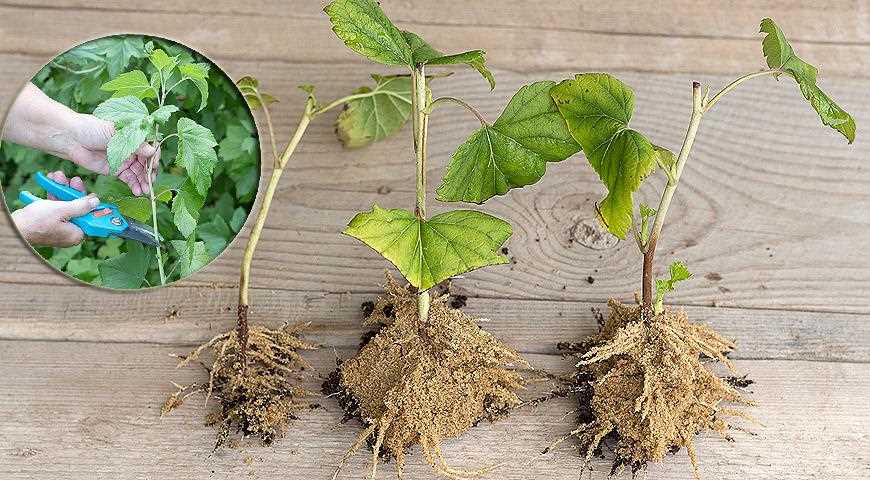
Зимнее размножение смородины посредством черенков — эффективный и быстрый способ получения новых растений. Для этого необходимо правильно нарезать и окоренять черенки.
Подготовка черенков
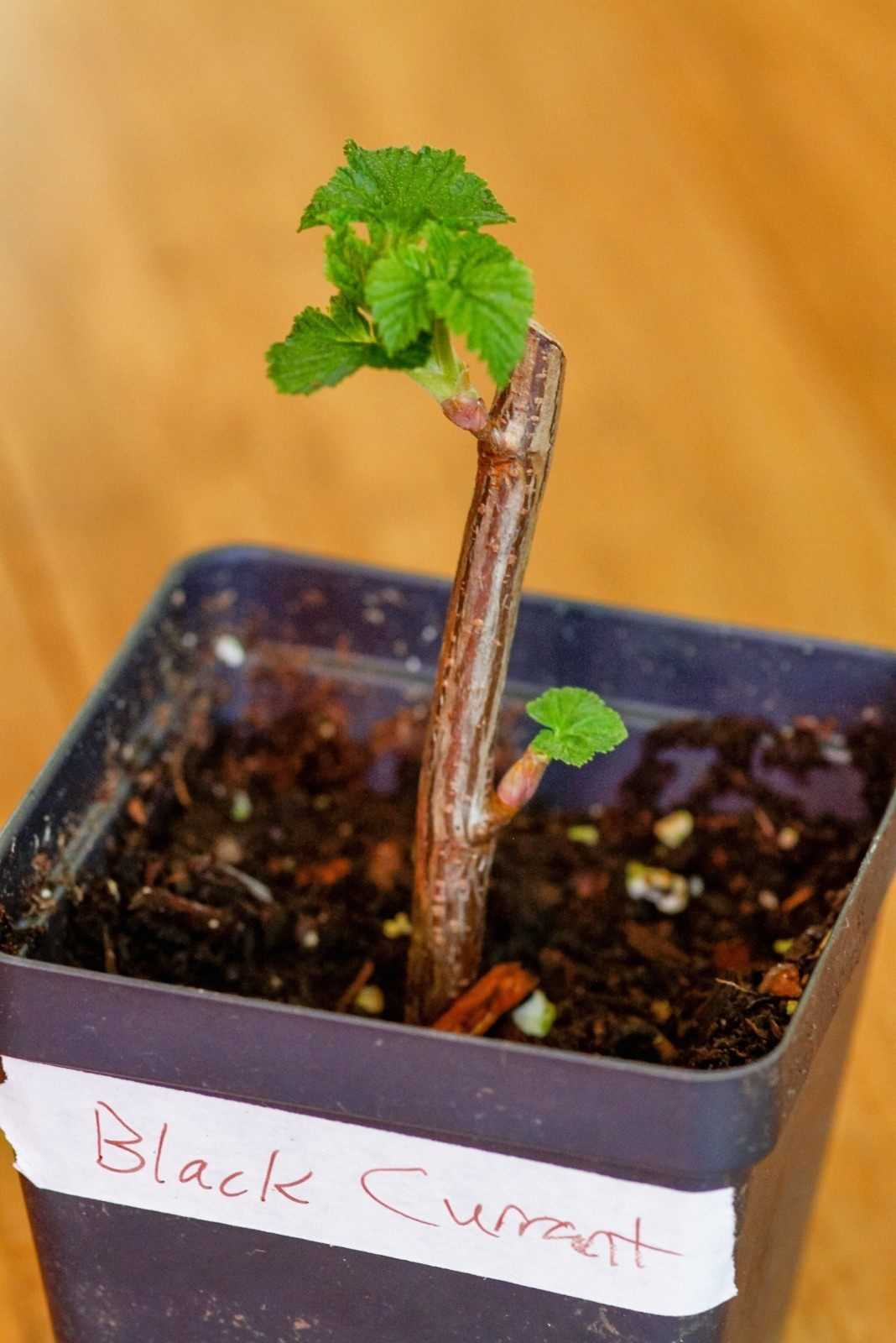
Для нарезки черенков рекомендуется выбирать здоровые и сильные побеги смородины. Их длина должна быть около 15-20 см, с 3-4 почками. Нарезать черенки следует у основания побега, под углом около 45 градусов.
Каждый черенок необходимо обработать специальным раствором для стимуляции корневой системы и защиты от грибковых заболеваний. Для этого можно использовать раствор алоэ вера или корнеобразующие гормоны.
Окоренение черенков
Лучшим местом для окоренения черенков смородины является теплица или парник. Важно создать оптимальные условия для их развития. Температура должна быть в пределах 15-20 градусов, влажность — около 70-80%. В теплице можно использовать специальные грядки с песком или смесью торфа и песка для посадки черенков.
Черенки следует закопать в грунт на глубину около половины их длины, обеспечивая надежную фиксацию. Затем необходимо умеренно полить посаженные черенки и обеспечить регулярное увлажнение почвы. Важно не допускать пересыхания или излишней залегания воды.
При правильном уходе черенки смородины начнут активно пускать корни через 3-4 недели. После этого их можно пересадить на постоянное место роста, обеспечивая им достаточное питание и уход.
Уход за черенками после посадки
Полив
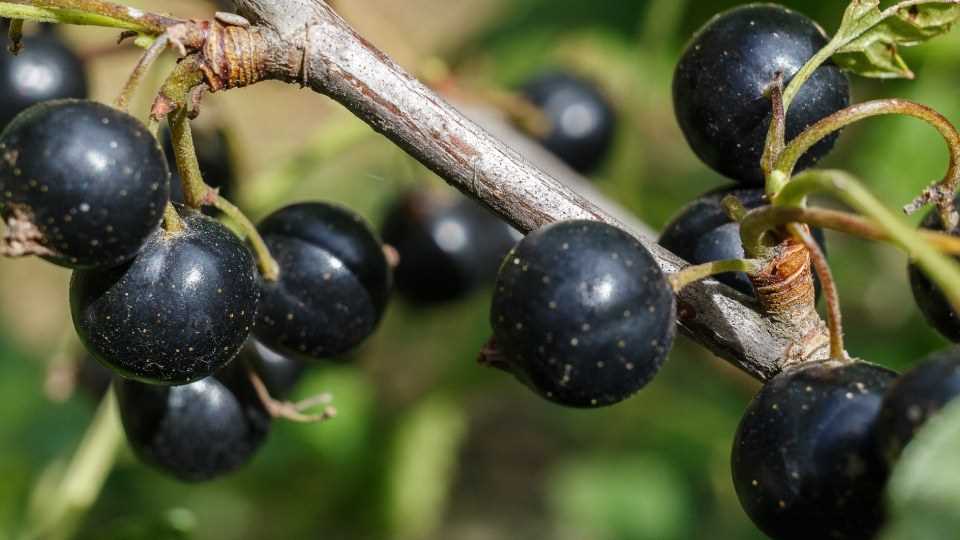
После посадки черенки смородины необходимо поливать регулярно, особенно в первые две недели. Черенки нуждаются во влаге для активного роста и окоренения. Однако, следует избегать переувлажнения почвы, чтобы не вызвать гниение корней. Лучше поливать растения утром или вечером, чтобы вода успела впитаться до прихода солнечных лучей. Рекомендуется использовать теплую, стоявшую воду.
Укрытие
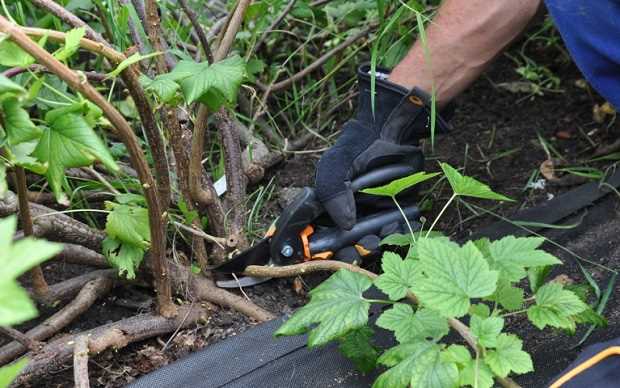
Зимнее размножение смородины предполагает посадку черенков в открытый грунт в зимний период. Поэтому черенки нужно укрыть от морозов и заморозков. Для этого можно использовать специальные укрывные материалы, например, агроволокно или снег. Укрытие поможет сохранить влагу в почве и предотвратить обмораживание молодых растений.
Подкормка
Черенки смородины нуждаются в дополнительном питании для активного роста и развития. Поэтому рекомендуется проводить подкормку черенков удобрениями, содержащими азот, фосфор и калий. Подкормку проводят после того, как черенки окоренились и начали активный рост. При этом следует следить за дозировкой удобрений, чтобы не переборщить и не навредить растениям.
Окоренение черенков зимой
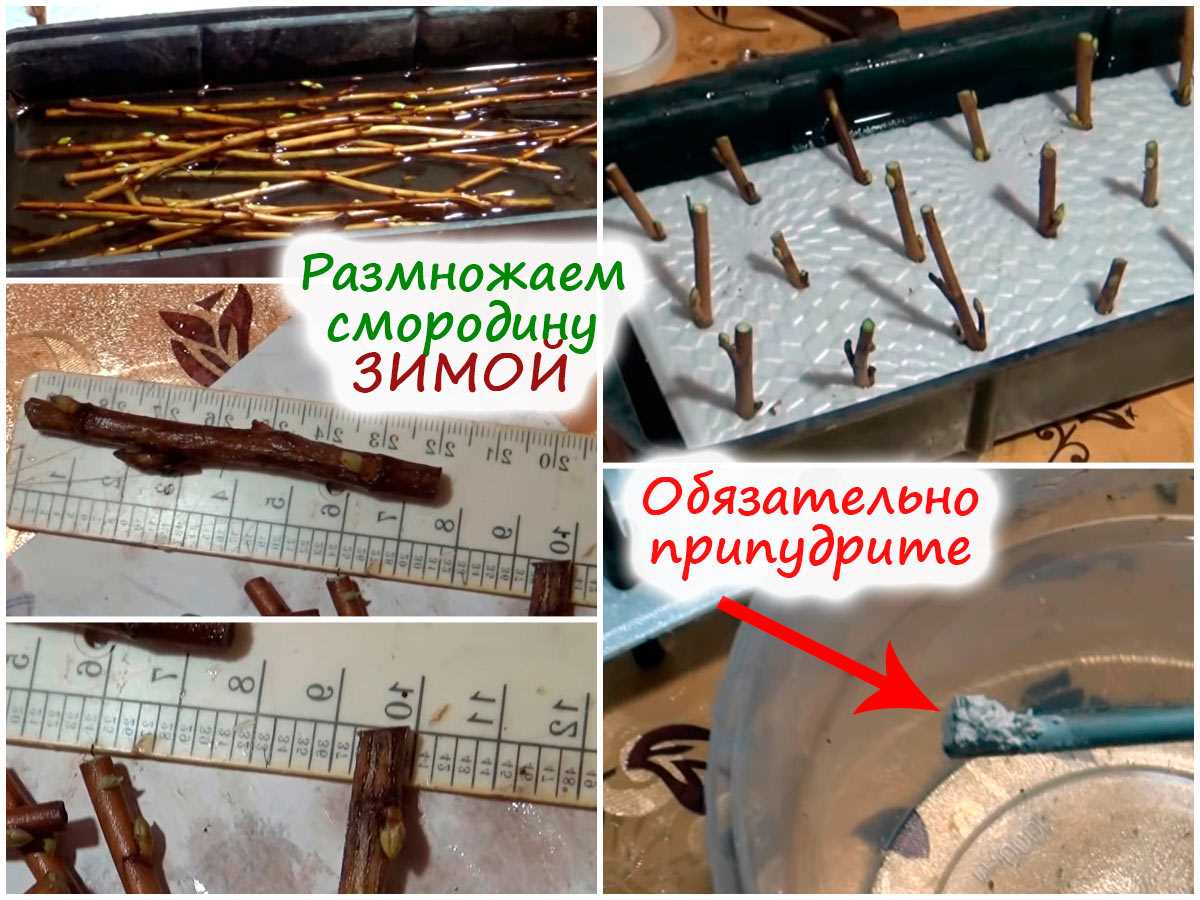
Размножение смородины зимой является эффективным способом получения новых растений. Один из наиболее популярных методов размножения черенками смородины зимой заключается в их окоренении.
Лучше всего окоренять черенки смородины зимой в защищенном от ветра месте, где они будут находиться в тепле и при достаточной влажности. Это может быть теплица, парник или просто закрытый балкон. Важно учесть, что черенки зимой нуждаются в дополнительном освещении, поэтому лучше выбрать место с хорошей искусственной освещенностью.
Для успешного окоренения черенков смородины зимой необходимо правильно нарезать черенки. Черенки следует нарезать с учетом их возраста и состояния. Лучше всего использовать здоровые и сильные черенки, длиной около 10-15 см. При нарезке черенки следует обработать специальным раствором для стимуляции роста корней.
Оптимальные условия для успешного окоренения
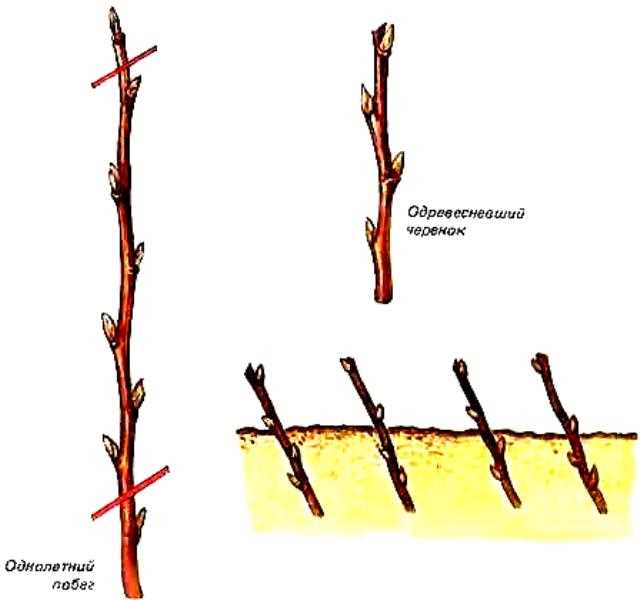
Для зимнего размножения смородины черенками необходимо создать оптимальные условия, чтобы они успешно окоренялись. Правильно нарезанные черенки смородины имеют больше шансов на укоренение.
Лучше всего окоренять черенки смородины в прохладных и влажных условиях. Идеальное место для этого – тенистые участки сада или теплицы. Такие условия помогают сохранять необходимую влажность и предотвращать пересыхание черенков.
Рекомендуется нарезать черенки смородины длиной от 15 до 20 см, с тремя-четырьмя почками. Нарезку следует проводить наклонно, под углом около 45 градусов. Это позволяет увеличить площадь поглощения воды и питательных веществ.
Оптимальная температура для окоренения черенков смородины составляет около 18 градусов Цельсия. Для создания подобных условий можно использовать парниковые кассеты или другие устройства для укоренения черенков.
Вопрос-ответ:
Когда лучше всего размножать смородину?
Смородину лучше всего размножать зимой, когда растение находится в состоянии покоя.
Какой способ нарезки черенков самый правильный?
Самый правильный способ нарезки черенков для размножения смородины — сделать наклонный срез под углом 45 градусов.
Какое место лучше всего выбрать для окоренения черенков смородины?
Лучшее место для окоренения черенков смородины — солнечное место с плодородной почвой и хорошим дренажем.
Можно ли размножать смородину с помощью семян?
Да, смородину можно размножать с помощью семян, но этот способ не очень популярен, так как черенки дают более быстрые и надежные результаты.
Как долго обычно происходит окоренение черенков смородины?
Обычно окоренение черенков смородины занимает около 2-3 недель. Важно следить за влажностью почвы и поддерживать оптимальные условия для роста.


